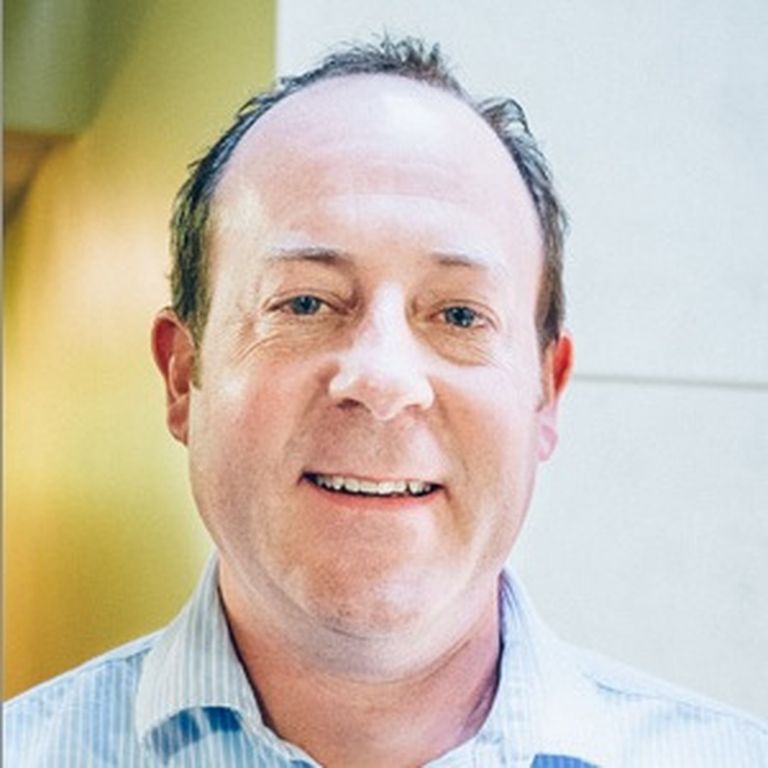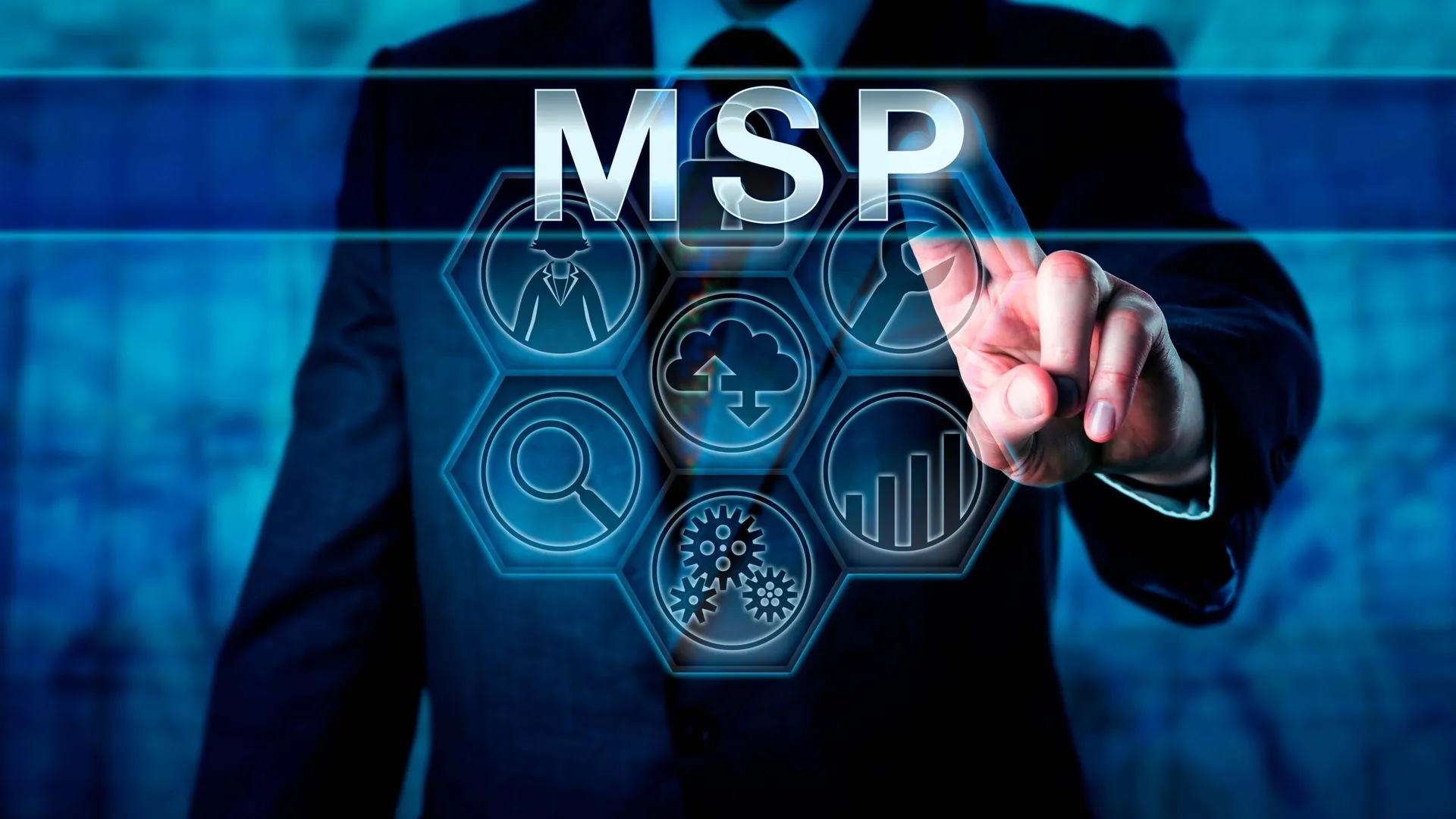
Autotask in February is set to launch a deeply integrated upgrade to its PSA (professional services automation) and RMM (remote monitoring and management) platforms for MSPs. On the one hand, MSPs will still have the freedom to run only the PSA or RMM component from Autotask. But on the other hand, CEO Mark Cattini says MSPs that choose the integrated solution will "see the distinction between PSA and RMM disappear."
A case in point: MSPs will be able to see data in context -- perhaps checking SLAs (service level agreements) while also reviewing a list of customer assets. "It's not just about seeing all the data on the same screen. You'll be looking at all the data in context."
Autotask provided clues about the integration launch in November 2015. On the one hand, the company wanted to continue offering incremental enhancements and fixes to its platforms. But on the other hand, Autotask wanted to make a giant leap forward. Instead of dividing the development teams into two groups -- one for incremental improvements and one for the giant leap -- the engineering team remained unified, according to Pat Burns, VP of product management at Autotask.
Autotask: Overcoming the Innovator's Dilemma

Balancing incremental code enhancements and major innovations "ain't easy to do," Burns concedes. "We are very thoughtful and deliberate in striving for that balance. All of our eggs are never in the innovation basket, and all of our eggs are never in the maintenance basket." Instead of pulling developers off incremental upgrades to focus on big-leap innovations, Burns keeps the team focused on both priorities -- so that "big dream" upgrades don't lose touch with the day-to-day needs of MSPs.
Roughly 150 to 160 Autotask engineers now drive the company's R&D, up from about 100 engineers when Cattini succeeded Bob Godgart as CEO in December 2010. "We are a software company first and foremost," says Cattini.
And that company is growing. Without revealing revenue figures, Cattini says Autotask's business is about 4.5 times larger today than it was about five years ago. In my mind, that means Autotask's annual revenues are likely around $90 million, up from a rumored $20 million size back in 2010. But again: Those figures are my speculation.
Organic & M&A Growth
Autotask acquired its RMM platform -- CentraStage -- in September 2014. In some ways, the deal represented an about-face for Mark Cattini, who had previously vowed to remain out of the RMM market. Market forces -- and opportunities -- convinced him to change course.
Rival ConnectWise invested in LabTech Software in 2010, and by 2015 ConnectWise had reorganized several investments and acquisitions to fit under one corporate umbrella. The result is deeper and deeper integrations across ConnectWise, LabTech, Quosal (quoting and sales proposal software) and ScreenConnect (remote control software).
For several years now, I've been predicting the death of standalone RMM and PSA systems, and the rise of end-to-end managed services platforms.
In some ways that prediction has played out. Players like Continuum, Kaseya, LogicNow and SolarWinds N-able have acquired a range of solutions that plug into their systems.
But in other ways, I've been surprised by the number of new, specialized or niche MSP software that has popped up. Examples include Addigy, Auvik Networks, Ninja MSP and LogicMonitor, just to name a few.
Leading... Or Following?
Cattini insists the Autotask's acquisitions (CentraStage and SoonR) aren't "me too" moves that mirror rival M&A deals. Instead, they'll deliver giant leaps forward in integration and value to service providers, he asserts.
Autotask will also align its development to reflect core market trends uncovered in a recent market survey. Those market waves, according to Cattini and Burns, include two macro trends:
- Businesses that have a strong desire to reduce the physical infrastructure they own and manage. The response: Better and better Autotask tools for managing on-premises to cloud solutions.
- The increasingly complexity of endpoints -- moving beyond desktops, notebooks, smartphones and tablets to new types of endpoints, especially as sensors and other IoT (Internet of Things) connections come online. There, Autotask says file-sharing and other services will help to maintain order amid the endpoint complexity.
Ultimately, Cattini sees more and more MSPs going vertical (so does ChannelE2E) or building and managing entire systems for end-customers. It's no longer about monitoring a service or turning on and optimizing Salesforce.com for a customer. "MSPs are actually becoming business partners to their customers now. I actually hear that exact reality from service providers."
The next big leap forward from Autotask, set to debut in February, is designed to assist MSP transformations into true business partners. Can Autotask deliver on that promise? We'll be watching.




